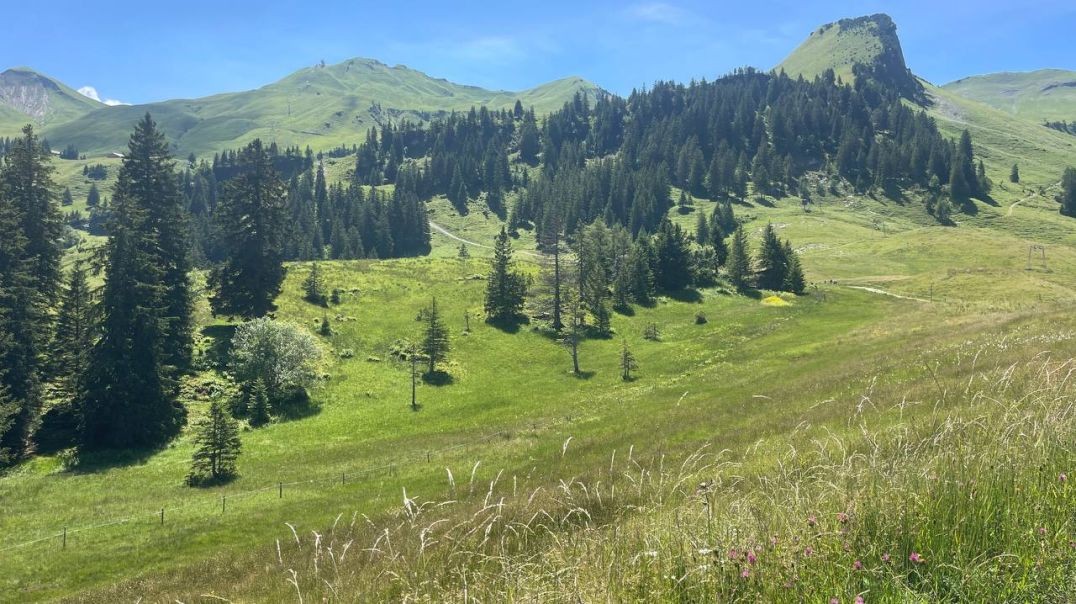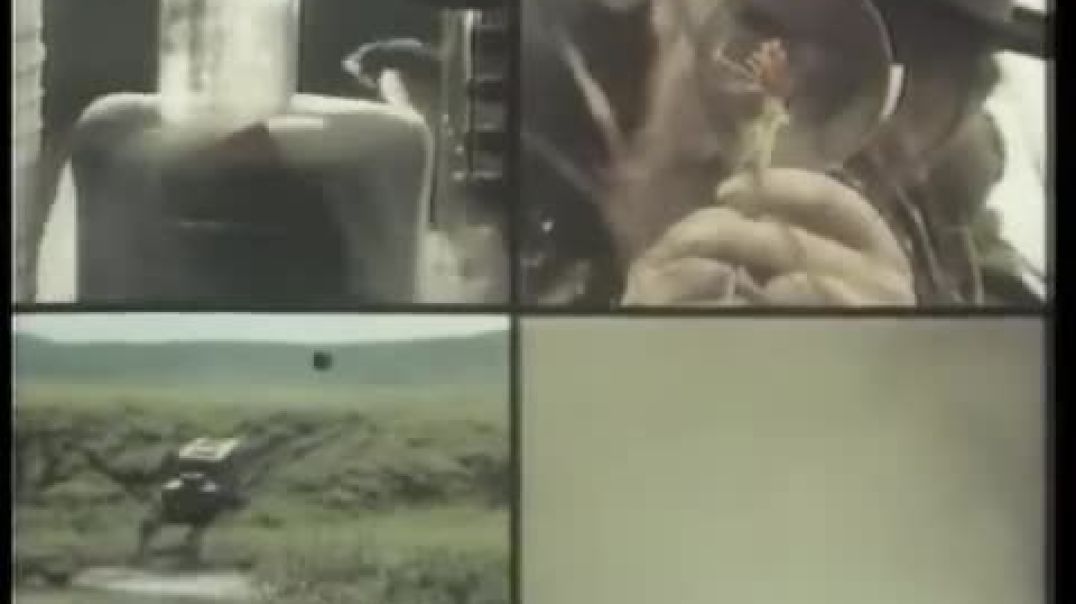Evolution Documented 2000 Years Before Darwin - Ancient Aliens In India?
Follow Me on:
Facebook.............. https://www.facebook.com/praveenmohanfans
Instagram................ https://instagram.com/praveenET
Twitter...................... https://twitter.com/IamPraveenMohan
Email id - phenomenaltravelvideos@gmail.com
This is my Patreon account if you like to support me - https://www.patreon.com/PraveenMohan
Let's take a look at ancient Indian sculptures that show the theory of Evolution with remarkable accuracy. By the end of this video, I hope you will agree with me that Evolution was understood and documented 2000 years before Darwin ever came up with the idea.
To understand this, let’s take a look at this structure called Rayar Gopuram in Mahabalipuram. This was built around 7th century A.D, so it is over 1400 years old. The reason why this entire structure was left unfinished is because a sculptor made a simple mistake in carving this pillar. This pillar was carved based on the Hindu concept called Dashavatara and these 10 life forms were first documented in the scripture called Bhagavad Gita written around 500 B.C. At the top, you can see that he carved a figure with a farmer’s plough below a figure carved with a bow and arrow but it should have been the other way around. This mistake was so serious, that the sculptors stopped carving and abandoned the entire structure. Why was the order of these figures so important? I mean, these are all Gods so how does the order of their appearance matter so much that the ancient Hindus could abandon years of work put into this amazing structure? If we study this pillar carefully, we can understand why the order of these figures matter so much. It matters because it shows evolution with incredible accuracy.
1. The first figure shows a Fish, which dominated the planet 535 Million years ago. This is called Matsya in India, and in modern Evolution theory, fishes are regarded as the first large animals that swarmed all over the planet. In some Indian temples, this form is shown simply as a fish and some carvings even show fish evolving into other creatures. For example, in this sculpture in Bhitargaon Temple, you'll see that the fins are changing into legs and the mouth is evolving into a different shape.
2. The second figure shows a turtle called Kurma in Sanskrit, and signifies that aquatic animals evolved into amphibians. This is confirmed by Darwin, who shows that animals from the sea became amphibians and were capable of living in both land and water. Again, in many Hindu temples, you can see the turtle carved completely as a turtle. In this sculpture, you can see how a turtle emerges out of water while surrounded by other fishes.
3. The third figure is called Varaha, which shows the emergence of rodents and wild boars. Note that we have now entered the age of mammals, because all Rodents are mammals. Also, it is interesting to realize that we are looking at animals that completely live in land, and not water anymore. This is also confirmed by modern evolution theory.
4. The fourth figure called Narasimha, shows a very large lion which is the Smilodon or a similar species which is now extinct. Paleontologists agree that these big cats dominated the planet and hunted mammoths and other giant animals. Incredibly, this scene is accurately portrayed in this 12th century sculpture which shows a lion as big as the elephant itself. In other temples, Narasimha is shown as Half Lion and Half man, which shows a hybrid, hominid like creature.
5. The fifth figure shows Vamana, who is always portrayed as a dwarf. Now, we know that the Neanderthals were never more than 5 feet tall. Other early human like species like Homo floresiensis were only three and a half feet tall. Notice how Vamana is portrayed with tools, but not any weapons. This indicates how the Neanderthals and other human like species were starting to make use of objects like sticks and stones to survive.
#Ancientaliens #India #Hinduism




















